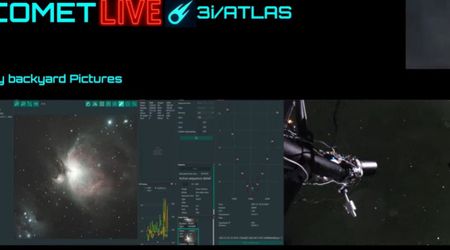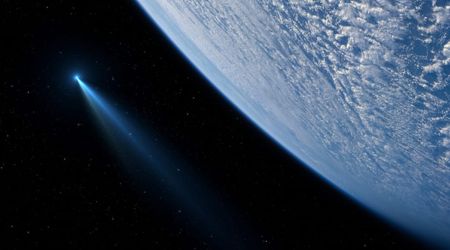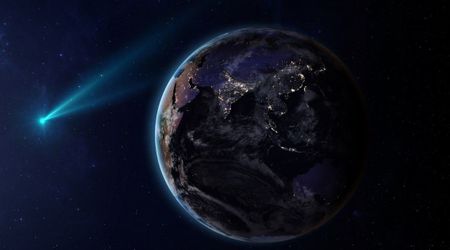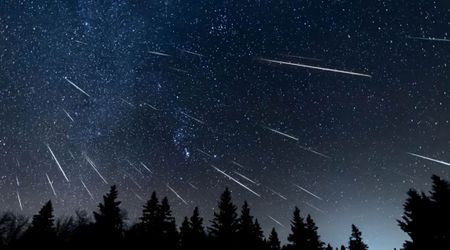Don't miss Neptune's closest approach to Earth on September 23—where to find it in the evening sky
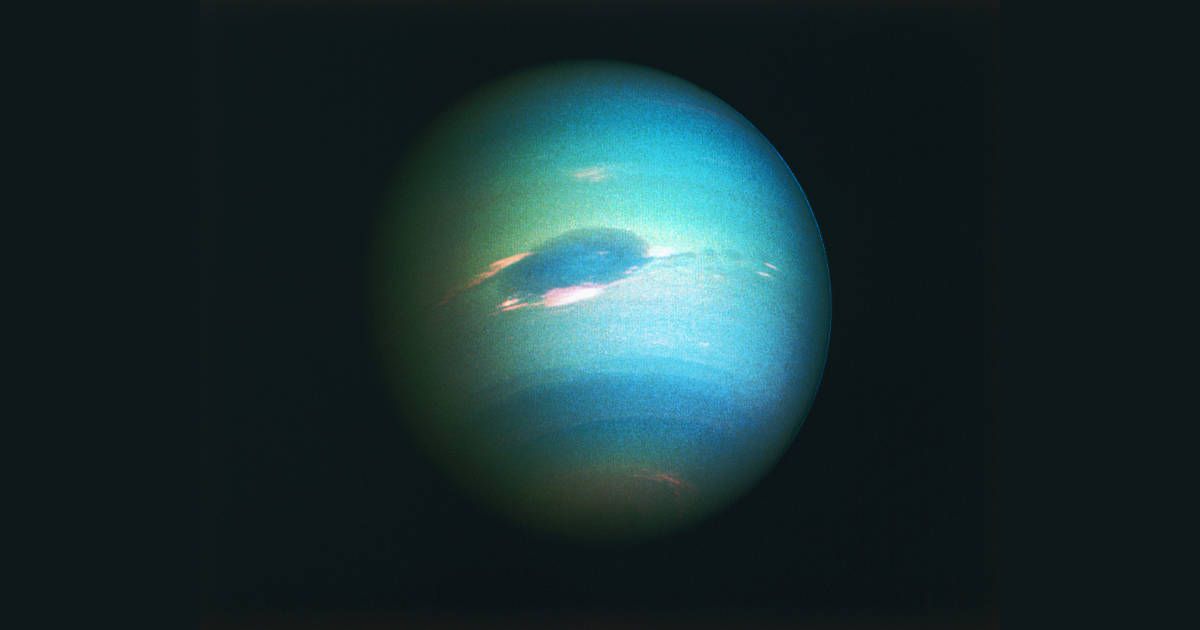
On September 23, the planet Neptune will make its closest annual approach to Earth, a prime opportunity for skygazers to view the distant ice giant. This rare alignment, which places the Sun, Earth, and Neptune in a near-perfect line, will see the planet brighter and more prominent in the night sky, according to EarthSky. Although it will still be invisible to the naked eye, some basic skygazing props and a detailed sky chart will aid viewers in spotting this elusive legend.
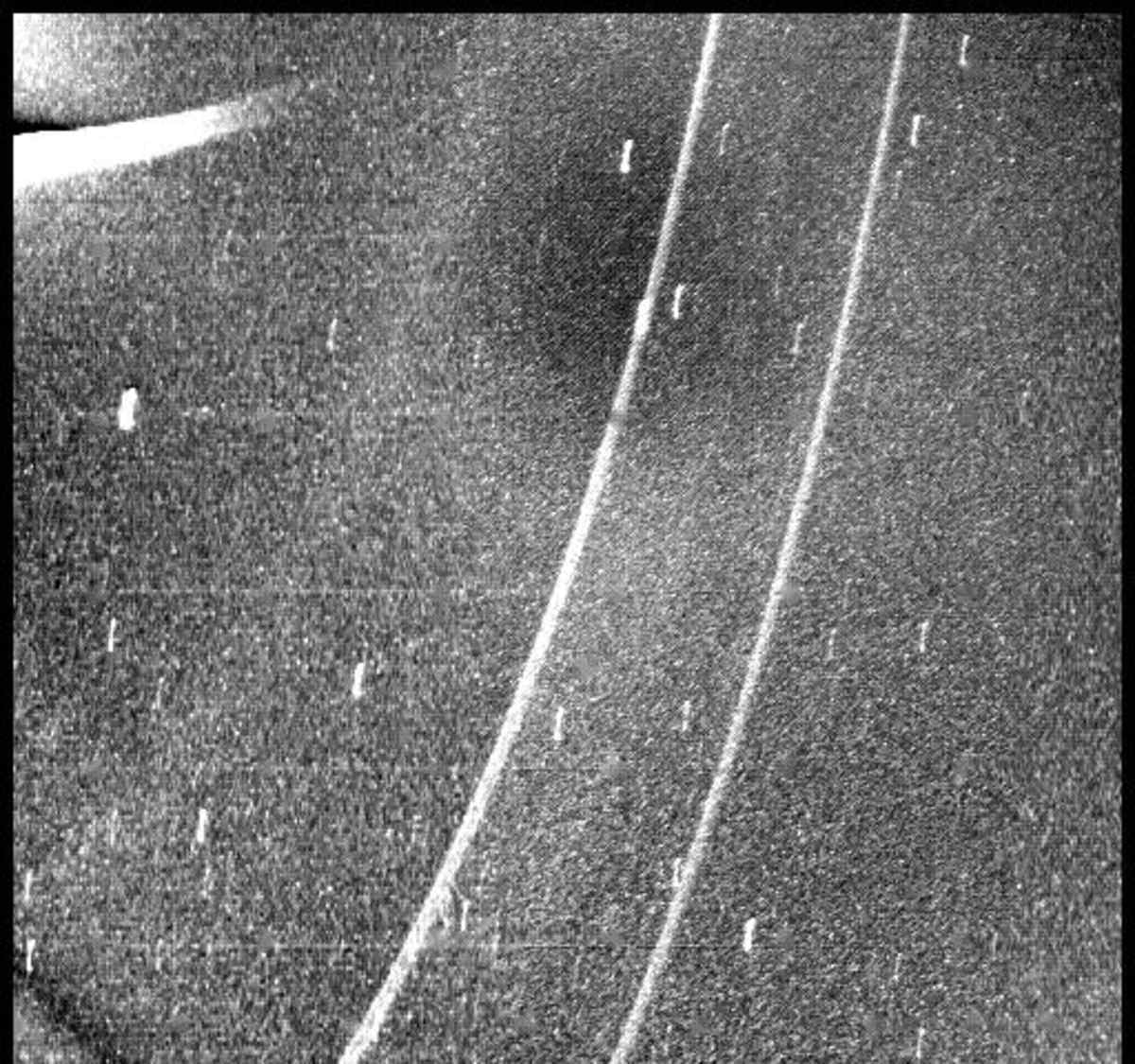
Neptune, shining at a magnitude of +7.8, will be visible all night, rising in the east as the sun sets. On September 23, its shortest distance will measure 240 light-minutes or 28.9 AU from Earth. With its distance from Earth measuring 30 times the distance between Earth and the sun, Neptune is not visible to the naked eye. However, the planet can be observed with a good pair of binoculars or a telescope, where it will appear as a star-like point positioned near the planet Saturn. With a medium-sized telescope, observers might even be able to spot Neptune's largest moon, Triton.
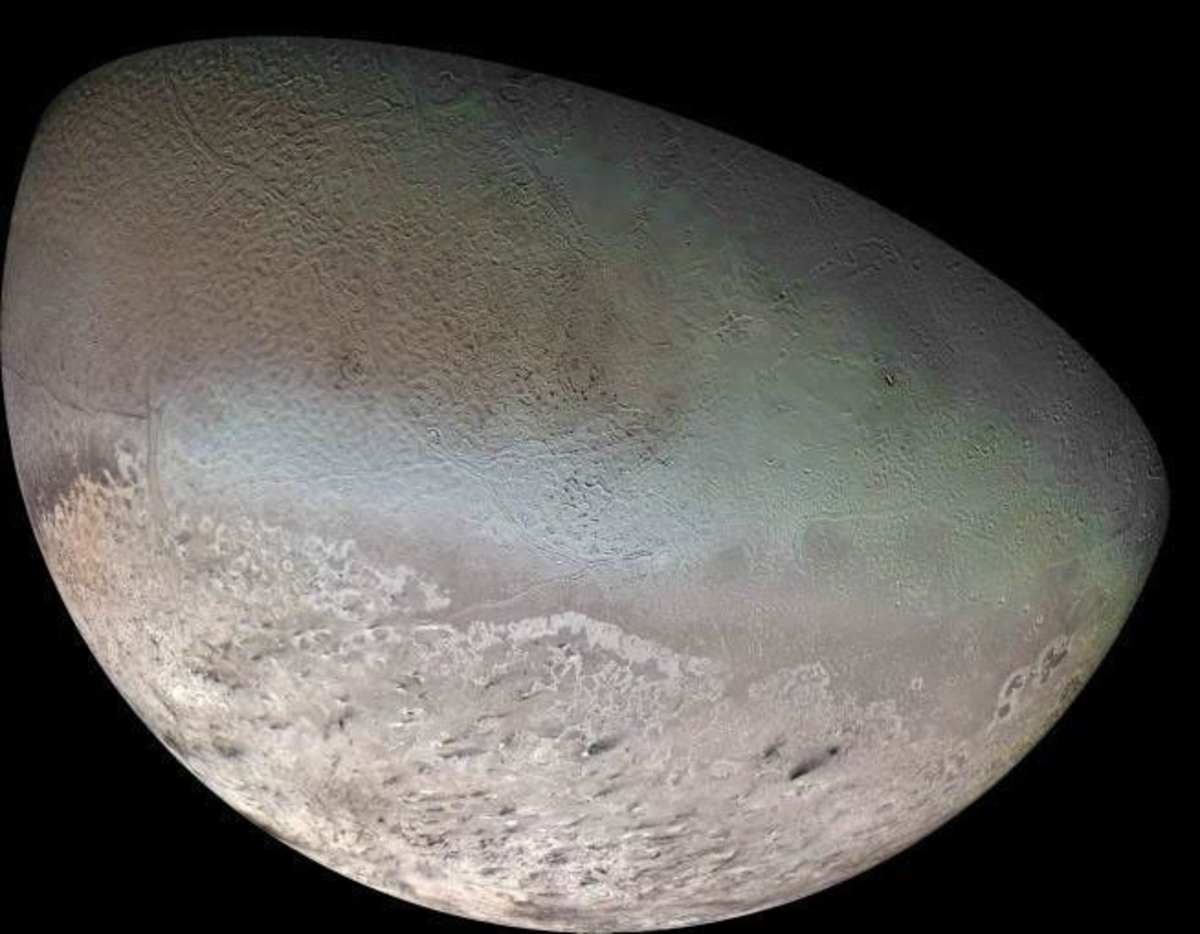
A planet's 'opposition' marks the mid-point of a fixed period during which outer planets are most visible from Earth. Neptune's opposition will occur at 9:00 am EDT, with the planet positioned in the constellation Pisces. Astronomers may also refer to this as "an opposition of Neptune," as the planet is positioned opposite the sun in our sky. Appearing 2.4 arcseconds across when viewed through a telescope, his celestial event provides a unique chance for amateur astronomers and enthusiasts to catch a glimpse of our solar system's most distant major planet. Thankfully, there is a large window for viewership with Neptune remaining an evening spectacle until early February 2026.
In a remarkable coincidence, the date of Neptune's closest approach to Earth, September 23, is the very same date on which it was discovered in 1846, as per NASA. The story of Neptune's discovery is a testament to the power of mathematics. In 1845, French astronomer Urbain Le Verrier observed peculiar irregularities in Uranus's orbit, indicating that an unseen gravitational force was influencing it. No one in France was interested in his work.
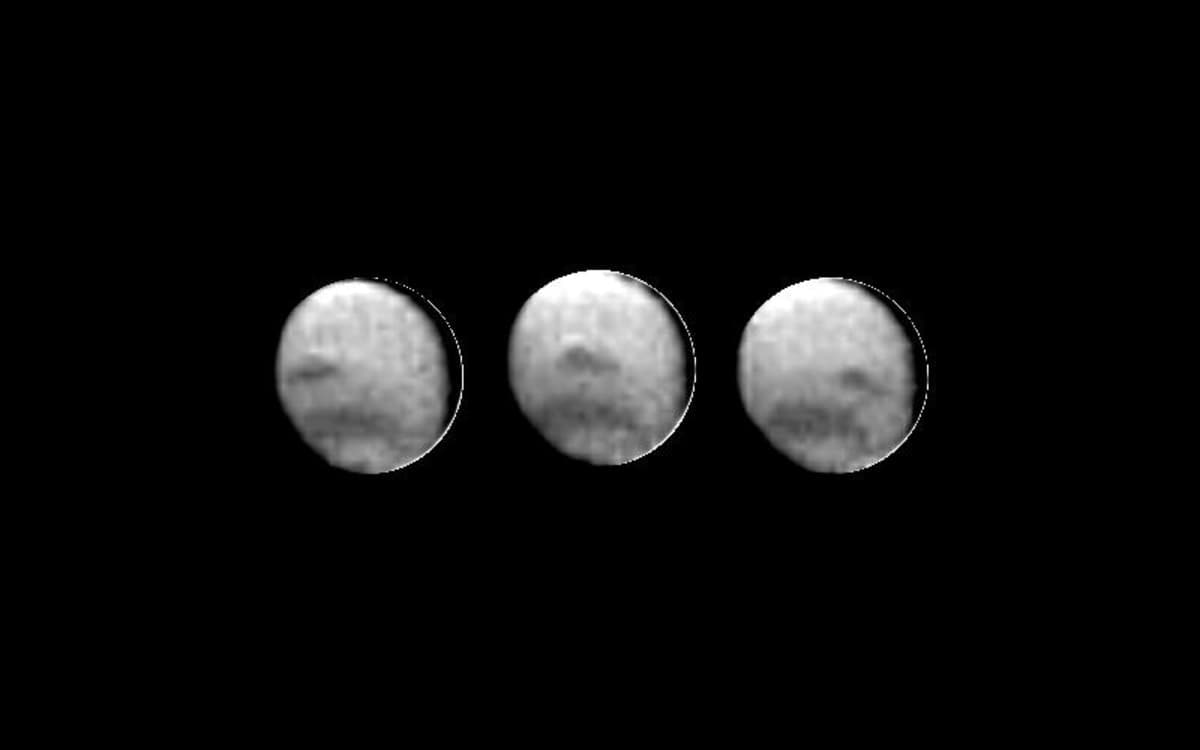
Through complex calculations, he accurately predicted the new planet's location. He finally convinced an observatory in Berlin to point its telescope at his predicted coordinates, and within just one hour on September 23, 1846, they found Neptune within a single degree of his prediction. The discovery was a major triumph of theoretical astronomy and a landmark moment in science.
Despite being at its brightest during opposition, Neptune is the only major planet in our solar system that is never visible to the naked eye. According to EarthSky, it shines at a magnitude five times fainter than the dimmest star visible under dark, moonless skies. To find it, observers will need optical aid and a detailed star chart. Even with a telescope, Neptune will appear as a faint, star-like object unless magnified at least 200 times under stable viewing conditions. During opposition, the planet will rise in the east at sunset, reach its highest point around midnight, and set in the west near sunrise. To find precise timings and locations for the best viewing experience, one can visit Old Farmer's Almanac, Timeanddate.com, or Stellarium.
On September 23, the planets Venus, Jupiter, Uranus, Neptune, and Saturn will appear in a line from east to west — marking the path travelled by the sun. Among these, skygazers will be able to view Venus, Jupiter, and Saturn with no special aid. With Neptune's orbit around the sun being so large, and Earth revolving around the sun in an accelerated motion, Neptune's 'opposition' only falls on a few days a year, making it a coveted event for space enthusiasts.
More on Starlust
New comet SWAN25B discovered in September 2025—here are viewing tips and its likely coordinates
How to spot 'swan-shaped' Cygnus constellation in the September night sky
2025 partial solar eclipse: When and how to watch the astronomical phenomenon on September 21

